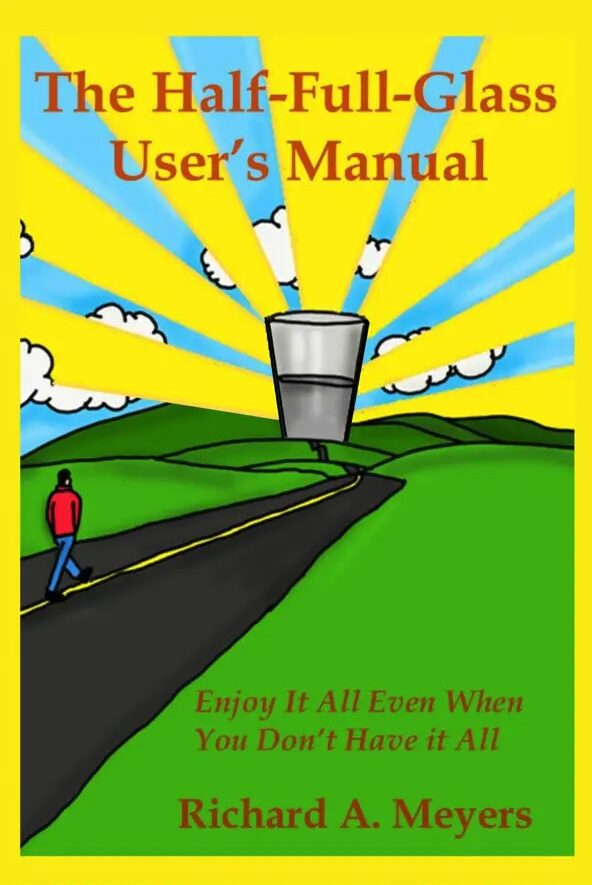
A unique and effective blueprint for self-improvement that aims to simultaneously educate, amuse, and inspire, The Half-Full-Glass User’s Manual: Mindfulness Meets Playfulness: A Guide to Joy, Gratitude, and Guffaws by Richard A. Meyers is a breezy and thought-provoking guide to maintaining a healthy mental space.
Cleverly designed as a rediscovered philosophy (The Manual) linked to a long-lost tool (The Glass) that can grant access to a higher level of awareness (The Consciousness), the book insistently nudges the reader into a journey of self-discovery. With the central conceit that using The Half-Full Glass, which we all possess in some form, and using that Glass to tap into our consciousness, we can reframe our experiences under a lens of gratitude and focused attention, allowing us to approach a wealth of knowledge and inner peace. As a long-form metaphor about positivity and the power of perspective, Meyers’ book delivers actionable insight, reminding readers that our proverbial glasses are always half-full, even through the hardest seasons of life.
Without veering into religious realms, the author lays out a compelling thesis and nuanced details of this practical process, including its potential benefits and pitfalls. The Four Fantabulous Pointers, for example, are simple pieces of advice wrapped in the book’s metaphysical themes – avoid toxic positivity, maintain a baseline level of optimism, pay diligent attention to your attitude, and accept the lifelong nature of personal growth. Coaxing readers into what initially sounds like a daunting task, this free-wheeling system of metaphysical exploration urges us to move through the world in a healthier, humbler, and more positive way.
The text also explores the peripheral benefits and common stumbles that people may encounter on this journey, from the development of greater humility to the rise of hubris over one’s understanding of The Consciousness. Again, these complex psychological themes feel surprisingly relatable thanks to Meyers’ conversational delivery, and he often simplifies his longer diatribes into “pithy platitudes,” such as The Four Rules of Exceedingly Excellent Etiquette being distilled down to “Be alert and be flexible.” There are critical suggestions that could be harder to swallow in academic or philosophical terms, but as part of the idiomatic symbol of a half-full glass, the wisdom lands more gracefully.
The whimsical tone and playful nature of the book makes it broadly accessible, but some of Meyers’ humorous writing can also undercut the authority, breaking seriousness with levity at some inopportune moments. The elbow-nudging style of narrative humor makes the author feel more like a drinking buddy or an old friend, rather than an expert on a heady and impactful slice of philosophy. While the writing itself is neatly penned, there is some redundancy of ideas in the prose, namely the symbol of a half-full vs. half-empty glass, which is exhaustively stretched and allegorically dissected throughout the book; this is a fairly common metaphor to begin with, and some readers may find the metaphor and its applications heavy-handed or self-evident.
Overall, the inconsistency in formality could be addressed, but the nontraditional style is also a consistent part of the author’s charm, never driving points too darkly, which is encouraging without losing a sense of realism. Ultimately, this book succeeds in breaking down a sprawling existential task into a hand-held metaphor that is easy to understand and implement, resulting in a concise and successful work of self-help.
Book Links
STAR RATING
Design
Content
Editing
Get an Editorial Review | Get Amazon Sales & Reviews | Get Edited | Get Beta Readers | Enter the SPR Book Awards | Other Marketing Services



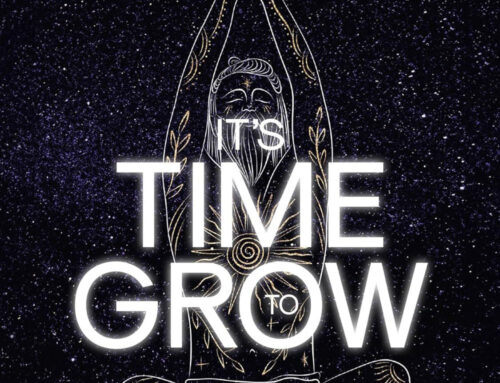
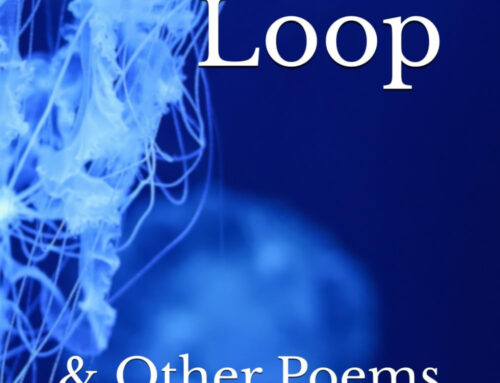





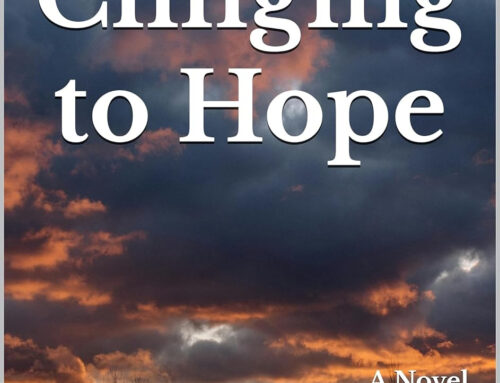










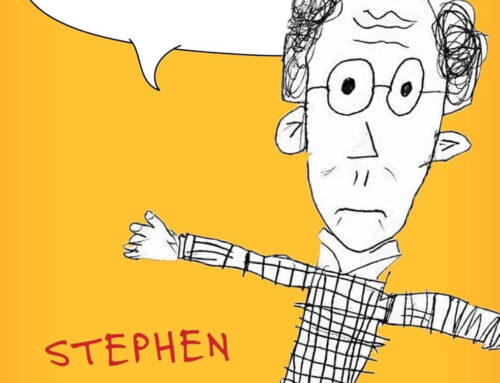
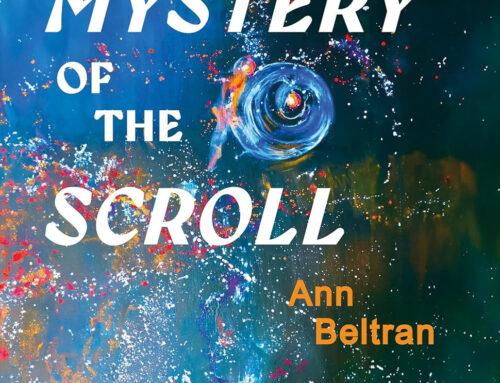
Leave A Comment